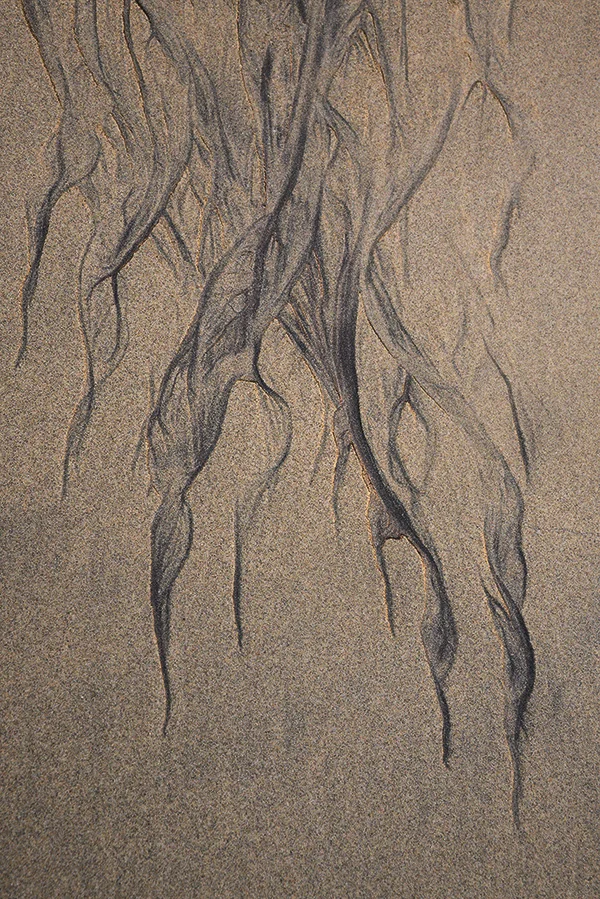One of the first people who I studied photography with is Eddie Soloway. Eddie is primarily a nature photographer, and a very meditative person. One of the exercises he shares with students is going out to the beach at sunset.
That sounds quite normal until you get to the important point — NO photographic equipment of any kind is allowed. The very thought of being on a beautiful beach at sunset with a group of photographers and without a camera seems anathema. It would be like taking a 10-year-old to a candy shop and not allowing them to buy any candy.
Today, it is hard to imagine anyone on a beach watching the sunset resisting the possibility of taking a picture — since most people have their camera phone ever present. It makes the exercise take on an even deeper perspective. We are there defenseless, stripped of our ammunition. Forced to see, and feel, and absorb, and think.
I went with Eddie to Big Sur about seven years ago, when I realized that I was filling my camera with people as a consequence of losing my husband, Harold. It was as if I was replacing the man at my side with the humanity through my lens — a safe way to fill an empty space.
I came back from that trip with five images that line the wall of my living room — Zen abstractions of sand patterns — that help ground me every time I see them.
I was hoping to find the feeling of peace that I found when I created the images in my living room, once more.
A predicted storm was brewing as I drove down the coast, but it was calm in the trees. Arriving in the late afternoon, I drove directly to Pfeiffer Beach. As I neared the water the intensity of the wind increased to the point that when I paused to observe a pattern, the car rattled and shook. I looked around at the steep hillsides and decided it was the better part of wisdom to return with others at another time. That night I was deep in the forest amid giant redwood trees in a small wooden cabin. It was quiet and still, but I was not in the least relaxed.
All I could think about was the calm before the storm. By early morning the streets of our town were flooded, but as yet there was no rain at Big Sur. I joined some friends at Pfeiffer Beach. It was hard to focus on photography as the wind howled, the waves churned, sand blew in my face and lens. Suddenly, I realized that a friend, Bernie, was floundering in the surf, trapped by the water while chasing his renegade camera bag. He fell on his hands and knees, struggled to rise, gazed helplessly as the bag moved past him and finally gave up and desperately scrambled out of the water. The event soured us on the beach and sent us back to our cabins in fortunate timing as the beach closed shortly afterwards because of landslides along the narrow access road.
By Friday evening, the rain paused and we headed out to Garrapata Beach. As we descended the long stairway we realized the storm surge had the water covering the entire beach, even though the tide was theoretically halfway out. At sunset, I finally made my way down to what I thought was a dry beach. As I squatted to get an image a wave crashed into me. It was completely harmless and when it ebbed I was covered in foam, not water. Nevertheless, I climbed back up the hill. Saturday dawned bright and sunny, so I drove further south, heading for Point Lobos State Park, a famous photographic spot.
As I neared, the orange barriers declared it closed as well. Apparently trees had fallen there as elsewhere along the coast. For sunset I headed back to Garrapata, and dropped to the gully filled with calla lilies. The torrent in the gully was by now passable, so I made my way across. As I rocked on the two final boulders prepared to leap to the sand, Eddie said, "Don't ruin that perfect beach."
